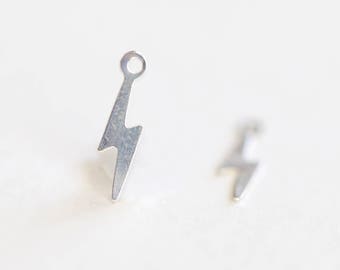
Having all stations plotted on a map guides you as to where high- and low-pressure systems, fronts, and the like are located, which ultimately helps you decide where to draw them in. These quality, precision instruments include Wind Speed Indicators (available with Peak Gust Register), Wind Direction Indicators, Barometers, Temperature Indicators, Rain Guages, Tide Clocks, and Time Clocks. But if you'll be analyzing a weather map by hand, station plot data is often the only information you start off with. Hand-crafted on Cape Cod since 1939, Cape Cod Wind & Weather Indicators let you bring the weather indoors. If a weather map has already been analyzed, you'll find little use for the station plot data. Sky cover (also as one of NOAA's symbols).

Weather indicator tools pro#
Davis Instruments 6625 Optional Power Adapter for the Vantage Pro II EW-30003-43. Station plots describe the weather at a station location. Davis Instruments 7345.297 Wind Vane for Vantage Vue IS EW-30003-57. (When reading the chart, note whether the time of year is daylight saving time or standard time and read accordingly.)Īs seen here, some surface weather maps include groupings of numbers and symbols known as weather station plots. If you're in California (which is Pacific Coastal Time) and the UTC issue time is "1345Z" (or 1:45 p.m.), then you know that the map was constructed at 5:45 a.m. If you're new to Z time, using a conversion chart (like the one shown above) will help you easily convert between it and your local time. Known as Zulu or Z time, this figure is included on a weather map so that all meteorological weather observations (taken at different locations and therefore, in different time zones) can be reported at the same standardized times no matter what the local time might be. Hand-crafted on Cape Cod since 1939, Cape Cod Wind & Weather Instruments lets you bring the weather indoors including Cape Cod Wind Speed, Cape Cod Wind Direction, Cape Cod Marine Barometers and Cape Codder Clocks. It tells you when the weather map was created and also the time when the weather data in the map is valid.


One of the first coded pieces of data you might notice on a weather map is a 4-digit number followed by the letters "Z" or "UTC." Usually found at the map's top or bottom corner, this string of numbers and letters is a timestamp.


 0 kommentar(er)
0 kommentar(er)
